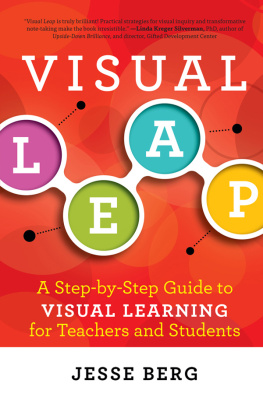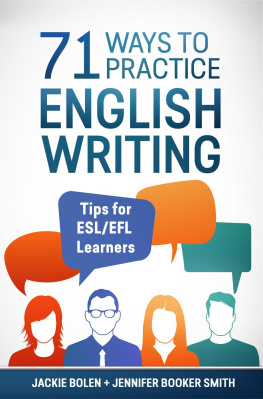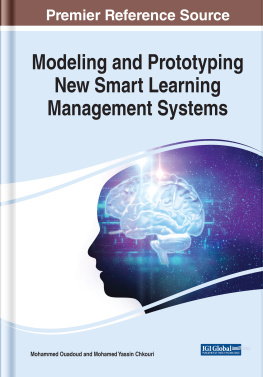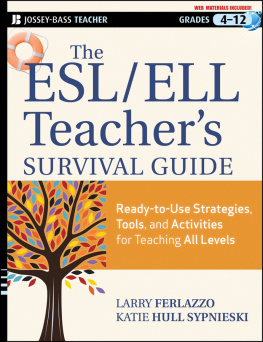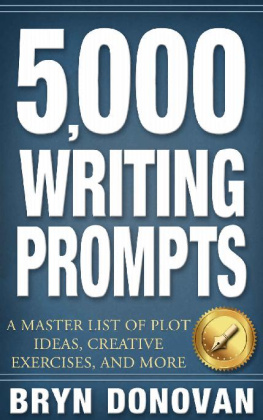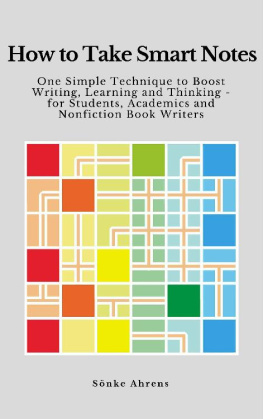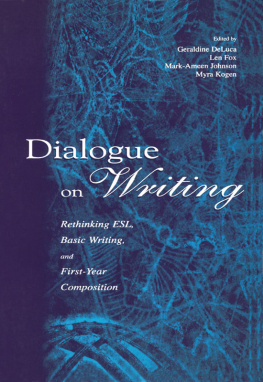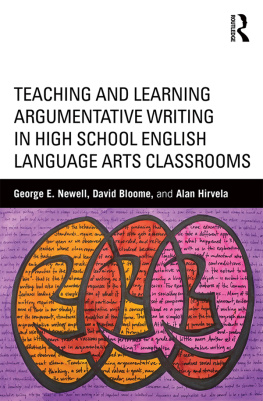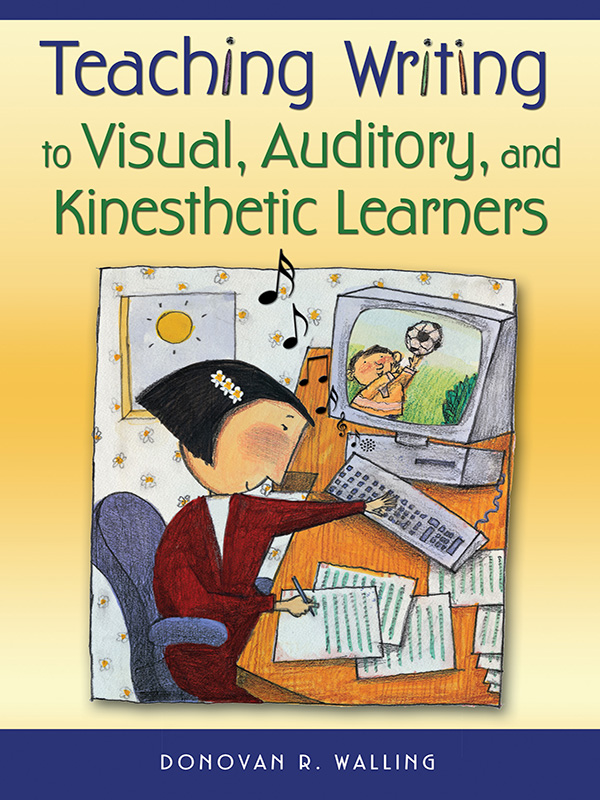Donovan R. Walling - Teaching Writing to Visual, Auditory, and Kinesthetic Learners
Here you can read online Donovan R. Walling - Teaching Writing to Visual, Auditory, and Kinesthetic Learners full text of the book (entire story) in english for free. Download pdf and epub, get meaning, cover and reviews about this ebook. year: 2006, publisher: SAGE Publications, genre: Romance novel. Description of the work, (preface) as well as reviews are available. Best literature library LitArk.com created for fans of good reading and offers a wide selection of genres:
Romance novel
Science fiction
Adventure
Detective
Science
History
Home and family
Prose
Art
Politics
Computer
Non-fiction
Religion
Business
Children
Humor
Choose a favorite category and find really read worthwhile books. Enjoy immersion in the world of imagination, feel the emotions of the characters or learn something new for yourself, make an fascinating discovery.

- Book:Teaching Writing to Visual, Auditory, and Kinesthetic Learners
- Author:
- Publisher:SAGE Publications
- Genre:
- Year:2006
- Rating:4 / 5
- Favourites:Add to favourites
- Your mark:
Teaching Writing to Visual, Auditory, and Kinesthetic Learners: summary, description and annotation
We offer to read an annotation, description, summary or preface (depends on what the author of the book "Teaching Writing to Visual, Auditory, and Kinesthetic Learners" wrote himself). If you haven't found the necessary information about the book — write in the comments, we will try to find it.
As a writing teacher for twenty-some years, I wish Id had access to this material.
-Marilee Sprenger, Educational Consultant
Seattle Pacific University
Helps teachers see how to approach writing in ways that make it fresh, relevant, and accessible.
-Carol Ann Tomlinson, Professor of Educational Leadership
University of Virginia
True to one of the basic tenets of writing, the book shows rather than tells . . . . This makes for a fun and engaging read.
-Erin Sullivan, Research Associate
University of Connecticut
Are your picture-smart, music-smart, and body-smart learners lagging behind their word-smart and number-smart peers?
Donovan Walling offers innovative new ways to help these learners become effective writers! With an emphasis on matching teaching method to learning style and developing both basic writing competencies and higher-level thinking skills, this resource offers instructional strategies, sample lessons, and pathways to fluency that focus on
- Using walkabout strategies to clarify concepts
- Using pattern and rhythm for writing sense, and much more
Twelve sample lessons and a learning styles self-assessment make this an essential resource for teachers, literacy coaches, and curriculum designers who want to expand writing curriculum and incorporate more non-linear methods into their instructional repertoires.
Donovan R. Walling: author's other books
Who wrote Teaching Writing to Visual, Auditory, and Kinesthetic Learners? Find out the surname, the name of the author of the book and a list of all author's works by series.

